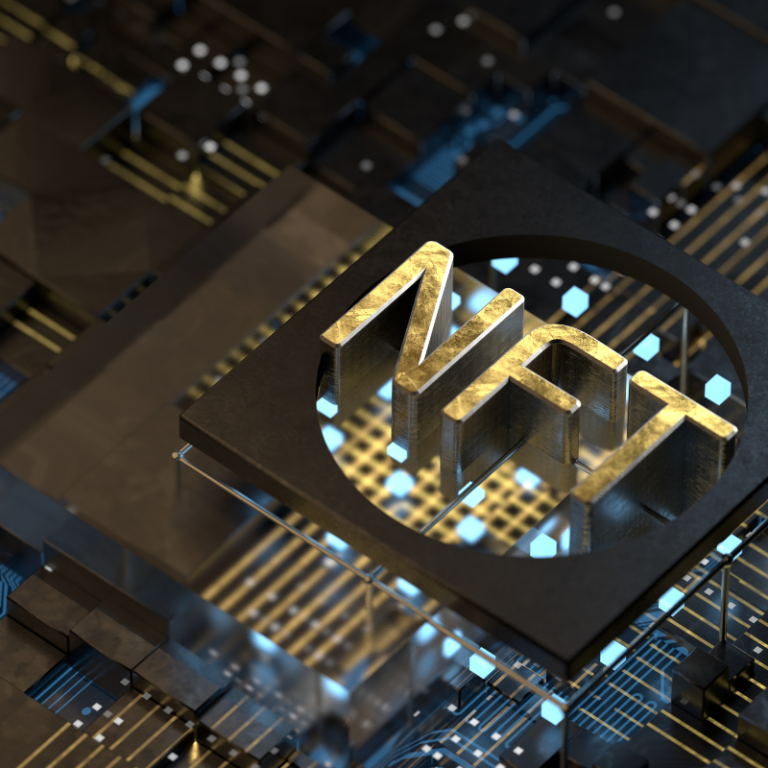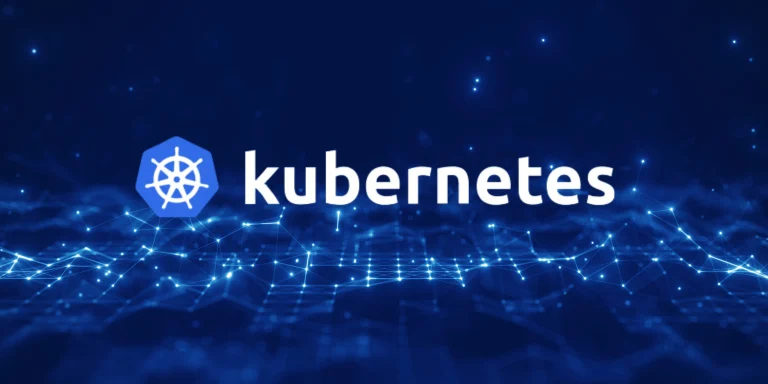Programming languages have undergone considerable evolution since the beginning of computing. From the very first generation, with the help of assembly languages and machine code. To the second generation with high-level languages like C and Java. Each era came with new tools and features to revolutionize the way problems were solved by a developer.
Modern languages ensure productivity, safety, and very good performance. An important aspect in today’s fast-moving technological environment. With improvements in tech day after day, such new languages will certainly help us in building applications that are resilient, efficient, and secure.
In this blog, we will discuss the new gen programming languages. And how they are shaping the future with their out of the box potential.
Rise Of New Gen Programming Languages
The first question that comes in our mind. Why do we even need new programming languages. It’s primarily because of applications need efficiency and high execution capability with modern hardware. Traditional languages, such as Java, cannot answer the requirements in many cases. As they are too complex and begin to be limited at some point.
Next-gen languages are designed to meet such needs. So, they can provide improved concurrency, safety, and developer productivity. From having built in current programming paradigms that provide features. With much easier coding and less errors.
This is not just incrementally better, but a sea change in how softwares are developed. Allowing construction of more solid, efficient applications that can match today’s fast-moving technological advances.
Key Features
New gen programming languages are much better at improving the performance and efficiency of applications. The languages take readability and maintainability into serious consideration. Which allows a developer to express himself in cleaner and more readable code.
It keeps the complexity within codebases lower and makes their maintenance easier. In the long run they offer better support for new hardware and software paradigms.Such as multi-core processors and clouds, good for scalability and adaptability. With respect to technological developments in the future. Some inherent features include memory safety, and powerful standard libraries.
These characteristics provide the developers with the implementations of high-quality software. Not only making it efficient but also secure. Satisfying the ever-changing requirements related to the technology world.
Popular New Gen Programming Languages
Considering these languages, we can understand why they are the first choices for any developer. Especially while working on high-end projects.From performance and safety to developer productivity, these languages hold a lot of promise for the future of programming. We will examine in detail their important features, use cases, and reasons behind their increasing popularity with both developers and companies.
Rust: Safety And Performance
Rust stands out in the next-gen programming language landscape. For its commitment to memory safety and performance. Designed by Graydon Hoare, Rust offers a powerful alternative to C and C++. Its ownership system ensures memory safety at compile time, eliminating entire classes of errors.
This leads to more robust and secure software. It excels in concurrent programming also. With a borrowing checker that ensures thread safety and prevents data races. Rust’s modern syntax includes features like pattern matching, closures, and generics. Resulting in enhanced code readability and maintainability.
Applications
Rust is ideal for systems programming due to its performance and memory safety. Web developers use Rust to build high-performance web services and APIs.
Its speed and memory management make it suitable for game engines. Due to its performance-critical components. It’s capabilities extend to multi-threaded applications. Ensuring secure and efficient software development.
Kotlin: Modern Android Development
Kotlin has carved a niche in new gen programming languages by streamlining Android development. Created by JetBrains, it offers concise syntax, modern features, and Java interoperability. Kotlin quickly gained traction and is now an official Android language alongside Java.
It’s clean syntax often requires less code than Java, making it easier to read and maintain. It integrates seamlessly with Java, allowing gradual migration of projects. Kotlin enforces null safety at compile time, leading to more robust software.
Applications
Kotlin is the preferred choice for Android apps, from utilities to complex games. Frameworks like Spring Boot and Ktor use Kotlin for high-performance server-side applications. Kotlin Multiplatform allows code sharing across Android, iOS, web, and desktop, increasing code reuse and reducing development time.
Go: Simplicity And Concurrency
Go, created by Robert Griesemer, Rob Pike, and Ken Thompson.It stands out for simplicity, concurrency, and rapid development. Offering a lean and efficient language for modern software.
Go’s clean syntax, similar to C, eliminates common pitfalls like manual memory management. Built-in concurrency with goroutines and channels makes it ideal for scalable applications. Go prioritizes developer productivity with a fast compiler, built-in tooling, and an easy-to-use standard library.
Applications
Go excels in web development, building web servers, APIs, and microservices with frameworks like Gin and Echo. It’s popular for cloud-native applications and serverless functions due to its scalability and simplicity. Go is also suitable for DevOps tools and command-line applications.

Dart: Bridging Web And Mobile
Dart, developed by Lars Bak and Kasper Lund, bridges web and mobile development. It offers clean syntax, strong tooling, and robust features. Among all these new gen programming languages Dart is perfect for building interactive web and native mobile apps. And that too just from a single codebase.
Backed by Google, Dart has a rich ecosystem of libraries and tools. It allows developers to write code once and deploy it across platforms. Reducing development time and resources.
Dart compiles to machine code for native performance on mobile devices and offers just-in-time (JIT) compilation for web. It offers modern features like strong typing, null safety, and asynchronous programming.
Applications
Dart is used for building interactive web applications, single-page applications (SPAs), and progressive web apps (PWAs). Its cross-platform capabilities enable seamless performance on web and mobile, reducing development efforts.
Crystal: Elegance And Efficiency
Crystal was developed by Ary Borenszweig, Juan Wajnerman, Brian Cardiff, and the community. It blends elegance, efficiency, and power. Providing high-performance, readable, and expressive language for robust software.
Crystal’s syntax is inspired by Ruby, making it easy to learn for Ruby developers. It embraces static type checking, catching type errors at compile time for more reliable software. Crystal’s type inference system often negates the need for explicit type annotations, keeping code clean.
Applications
Crystal is great for web development, building high-performance web services, APIs, and microservices. Its speed and efficiency make it suitable for system-level tools, command-line applications, and libraries. Crystal’s growing ecosystem supports data science and machine learning tasks.
Microsoft Power Platform: The Next-Gen Business Tool
Microsoft Power Platform offers tools to automate tasks, streamline operations, and gain insights from data. It includes Power BI for analytics, Power Apps for custom app development. And Power Automate for workflow automation.
Power BI visualizes data for interactive reports and dashboards. Power Apps allows creating custom business applications without extensive coding. Power Platform integrates seamlessly with Office 365 and Dynamics 365. Making it beneficial for businesses as it saves a ton of time.
Applications
Power BI helps the financial sector analyze trends and monitor performance. Power Apps automates loan approvals and digitizes forms. Power Automate streamlines account resolution tasks, improving efficiency and decision-making.
Final Thoughts
The programming language landscape is developing toward serving all manner of software development needs. New gen programming languages like Rust, Kotlin, Go, Dart, and Crystal are an astounding example of modern age tech.
These languages support the developer in the creation of secure, efficient, and scalable applications, improving productivity and code quality.
Taken separately, these languages have quite a few differences, but what ties them together are efficiency, reliability, and better developer experience, which will define the future of software creation.







